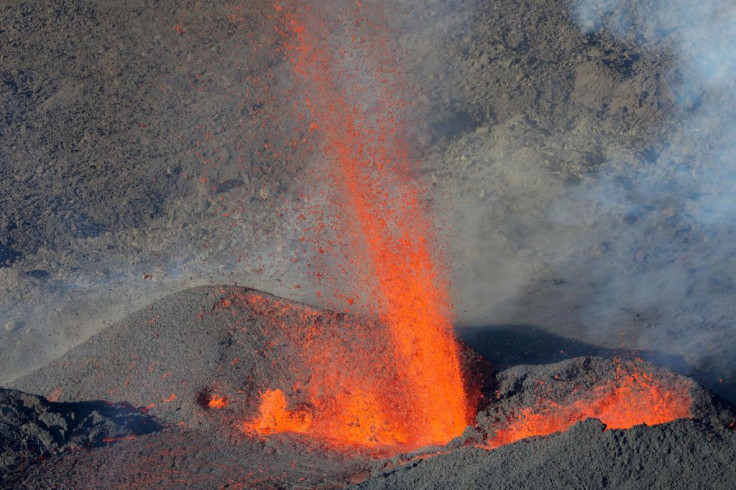66 million-year-old asteroid that wiped out dinosaurs also triggered deadly undersea volcanoes
"The meteorite's impact may have influenced volcanic eruptions that were already going on, making for a one-two punch."

The six-mile-wide asteroid that crashed on to Earth 66 million years ago, creating the Chicxulub crater in the Yucatan Peninsula, Mexico, also triggered a wave of cataclysmic changes that wiped out nearly 70% of plants and animals on the planet, including the dinosaurs.
The changes included massive earthquakes, acid rains, and increase in temperatures. But now, researchers have discovered evidence of the key factor that may have driven the mass-extinction event for thousands of years — massive undersea volcanoes.
"Our work suggests a connection between these exceedingly rare and catastrophic events, distributed over the entire planet," said University of Oregon professor and study co-author Leif Karlstrom. "The meteorite's impact may have influenced volcanic eruptions that were already going on, making for a one-two punch."
The researchers posited this connection after studying and analysing the changes in the strength of seafloor gravity. They created a statistical model dating back to 100 million years and witnessed a strange spike in gravity which could not have occurred without excessive magma eruption. This was exactly the same time when the asteroid crashed 66 million years ago and lasted for about one million years.
"We found evidence for a previously unknown period of globally heightened volcanic activity during the mass-extinction event," lead author Joseph Byrnes explained. "This study does not say precisely that this volcanic activity is what killed the dinosaurs. What we are adding to the conversation is a global volcanic activity during the known environmental crisis."
Though volcanic activity in India's Deccan Traps has been suggested as a contributor to the extinction of dinosaurs, some researchers previously debunked that theory, citing a mismatch between the timings of the two events. Deccan Traps' volcanoes erupted way before the asteroid impact, they say.
However, the latest study, published in journal Science Advances, suggests that impact of the massive asteroid might have triggered a wave of super strong volcanic eruptions at the bottom of Indian and Pacific oceans and made Deccan Traps' eruptions more intense. The toxic volcanic ash spewing out at such a scale would have affected life and acidified oceans, contributing further to the mass die-off.






